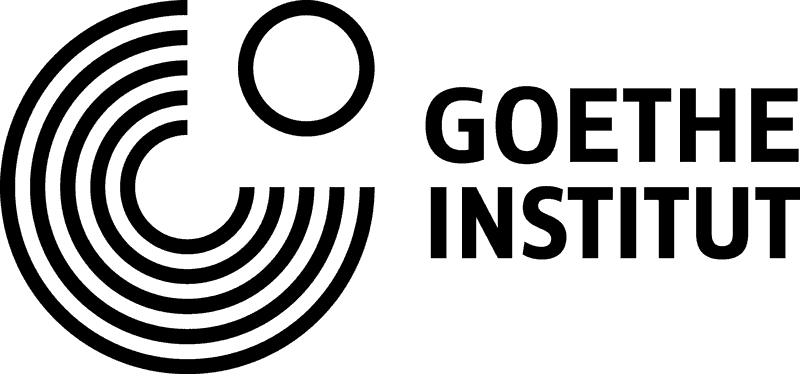About
Beijing22 is an open, independent, curatorial long-term project, which
investigates the urban processes of Beijing in the years towards the
Olympic Games in 2022.
Started in 2016 by the
two curators Antonie Angerer and Anna-Viktoria Eschbach and the artist Jannis Schulze,
with Goethe-Institut China as partner institution, this time span will be accompanied by
Beijing22 in the form of exhibitions, publications, talks, conferences and other activities.
Collecting different positions and perspectives of artists, curators, academics and
journalists from China and abroad, will initiate a cultural exchange
and discourse on the topic.
Changing A City
In the last few years mega-sport-events have led increasingly to structural and societal transformation of entire regions. Similarly, in Beijing it will again come to major urban developments over the seven years. A 200 km long highspeed-railway from one tournament location to another will be built from scratch and will connect each with a speed of 350 km/h. Not to mention the world’s biggest airport and new highways that are being build right now. The goal of Beijing22 is to observe structural changes in the city of Beijing over a long-term period and to initiate a cultural exchange and discourse.
Beijing22 will observe structural changes in the city of Beijing over a long-term period and initiate exchange and discourse about these developments
Therefore, the development and maintenance of the platform is the first and most important step of the project.
In the first year, experts will be specifically contacted in order to get them involved in contributing texts, thoughts and materials for the platform.
The aim of this is for the following years to find institutional partners, who may share their research and to invite artists and writers to send in projects and observations about the urban development of Beijing, as well as to find articles, essays and other such texts to fill and grow the database with. In 2017 there will also be two “impulse events“ be held. These events will present the project to a broader audience as well as initiate a conversation on “City and Utopias“, which is also the overall theme of the first project phase. This will consist of two events held in Beijing, which are momentarily planned to be hosted at the Goethe Institut Beijing. Further there has to be the planning started on exhibitions held in Berlin and Beijing for 2018.
Jing-Jin-Ji
Beijing already witnessed enormous structural changes due to a mega-event before. Since then, the Summer Olympic games in 2008 Beijing ́s population has grown by 25%. During the following years, Beijing will also go through radical structural and political changes: The national capital region Jing-Jin-Ji (JJJ) will be formed out of the provinces Bei jing, Tianjin and Hebei. The city itself will be redefined and Beijing will turn into a mega-city of 130 million citizens. As part of these structural developments several goals have been already composed for the next few years, such as a smog-free city-center, gas-free car-industry and the reform of the hukou-system ( ).
Further
In the light of these changes many questions appear: how will the city-structure and Beijing itself change working towards the Winter Olympics? How will these utopian projects be put into reality? How do the people and citizens of Beijing react? What processes will get started? What consequences will appear? How do and can artists and people in the art-world react to it? Will these transformations be visible? Or will they have to be made visible?

